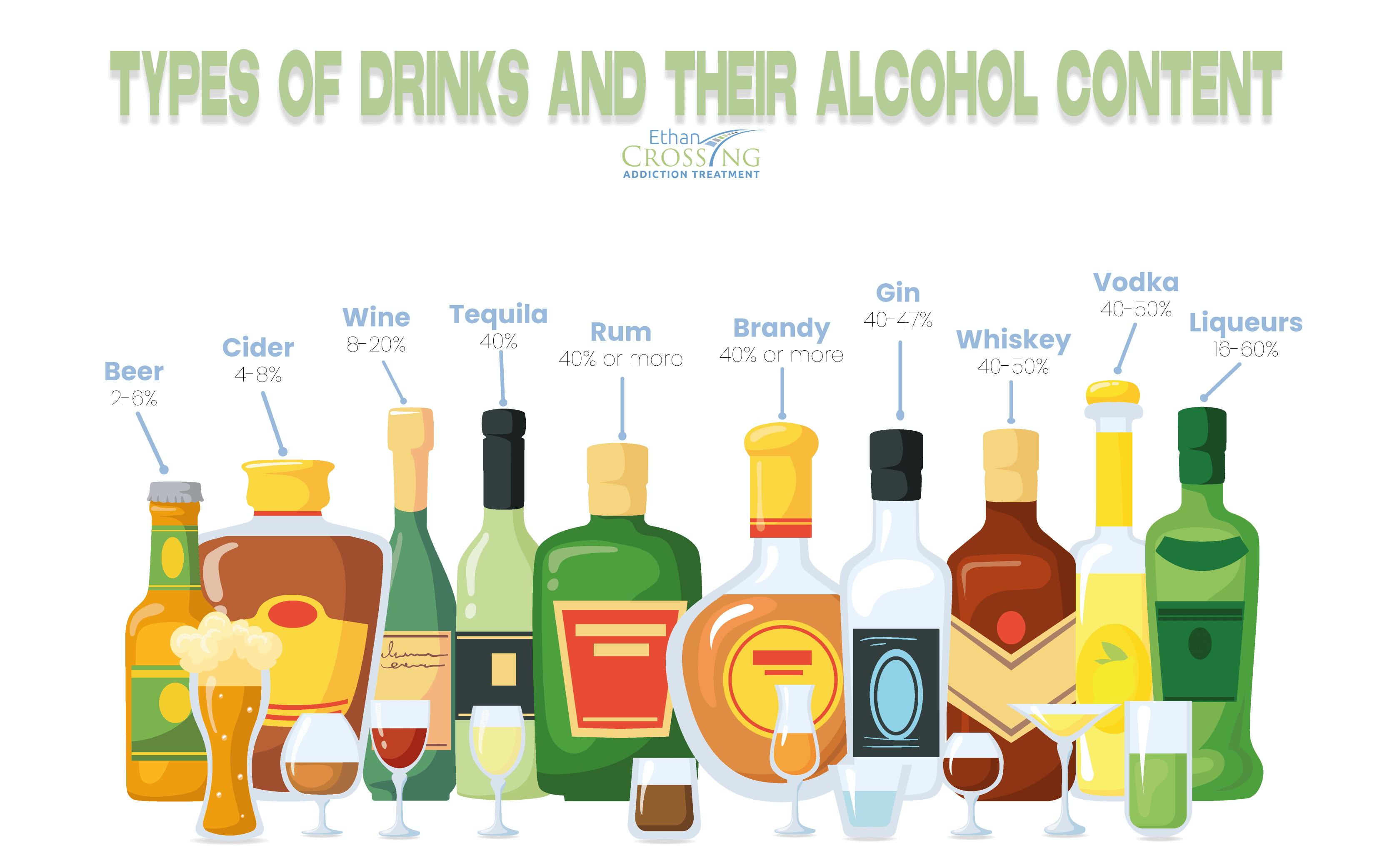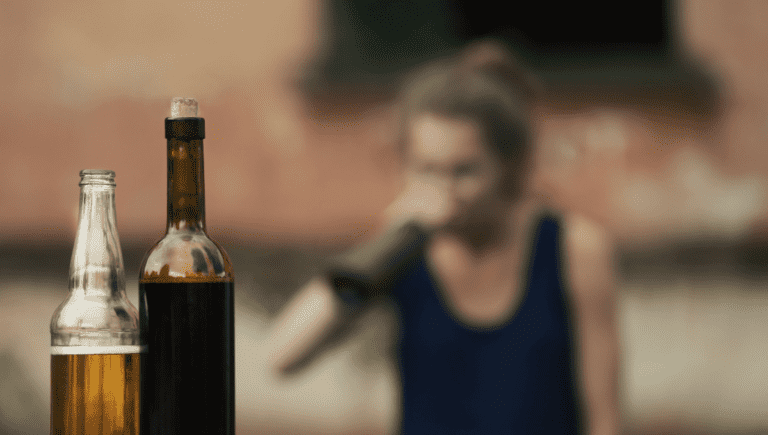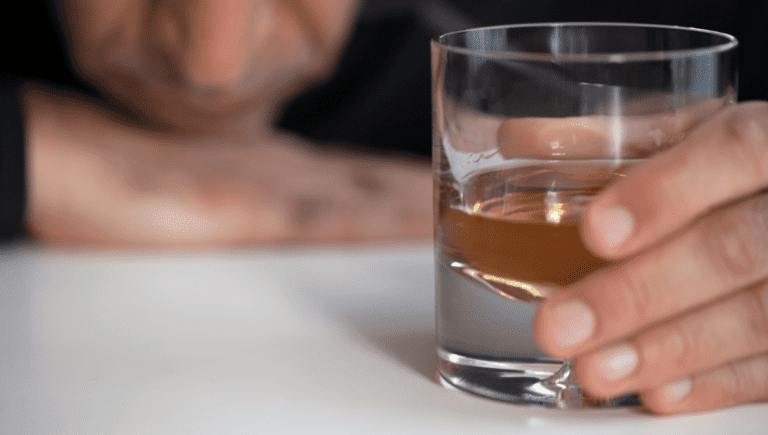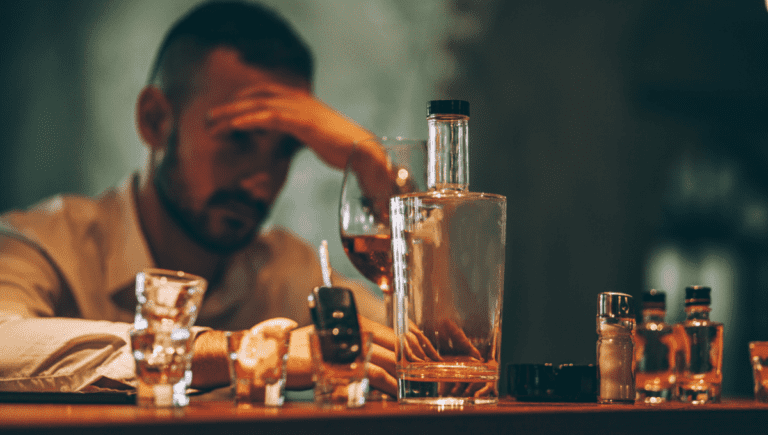Alcohol is a chemical substance found in drinks like wine, liquor, and beer. It is also found in some medicines, mouthwashes, household products, and essential oils (scented liquid taken from certain plants). It is made through the chemical process called fermentation and uses sugars and yeast which combine to create alcohol. There are different types of alcohol and many drinks have varying levels of alcohol within them. The ingredient used to make alcoholic drinks is called ethyl alcohol (ethanol). Drinking regular or large amounts of alcohol may increase the risk of certain diseases such as cancer or diabetes which can occur from sugar consumption. Individuals can also develop an alcohol dependency when it is consumed on a daily basis.
Alcohol is a popular legally controlled psychoactive drug that is commonly consumed in social settings. Ethanol, or ethyl alcohol, is the intoxicating ingredient in alcoholic beverages that produces the feeling of being drunk. It lowers anxiety and inhibitions with a broad range of side effects, from euphoria to other harder side effects such as loss of coordination to slurred speech.
How is Alcohol Processed In The Human Body
When ingested, about 20% of alcohol is absorbed through the stomach; the other 80% is absorbed in the small intestine. Alcohol makes its way to the rest of the body through the bloodstream and begins to disrupt the body’s system’s normal functioning. The liver breaks down the majority of alcohol that has been consumed. Long-term use of alcohol and excessive drinking can put a strain on the liver, which can cause related health issues. In the brain, alcohol interacts with neurotransmitters and impacts the normal functioning of mood, awareness, and perception.
Jump To Section
Fermented drinks, such as beer and wine, contain from 2% alcohol to 20% alcohol. Distilled drinks, or liquor, contain from 40% to 50% or more alcohol. It’s important to note that different drinks also have varying sugar levels which can have adverse effects on health based on the frequency in which they are consumed. The usual alcohol content for each alcoholic drink class is listed below but they do vary based upon brand:

- Beer 2–6% alcohol
- Cider 4–8% alcohol
- Wine 8–20% alcohol
- Tequila 40% alcohol
- Rum 40% or more alcohol
- Brandy 40% or more alcohol
- Gin 40–47% alcohol
- Whiskey 40–50% alcohol
- Vodka 40–50% alcohol
- Liqueurs 15–60% alcohol
History Of Alcohol
Alcohol has been around in society for thousands of years dating all the way back to the B.C. era. Evidence of alcoholic beverages has been found in history dating all the way back from 5400 to 5000 BC in Hajji Firuz Tepe in Iran, 3150 BC in ancient Egypt, 3000 BC in Babylon, 2000 BC in pre-Hispanic Mexico, and 1500 BC in Sudan. According to Guinness, the earliest firm evidence of wine production dates back to 6000 BC in Georgia.
In the united states, alcohol was banned during the prohibition era. During this time the term “moonshine” came to rise when Americans would produce their own alcohol under the light of the moon so as to not be detected. In every part of America, early moonshiners worked their stills at night to avoid detection from authorities. The United States started taxing liquors and spirits shortly after the American Revolution. The reason prohibition started was because many individuals became dependent on alcohol and it was viewed as a negative trait in the eyes of the government.
You Might Also Be Interested In
Alcohol Dependency
Drinking alcohol consistently and heavily for weeks, months or years can lead to both mental and physical problems when an alcoholic cuts back on their alcohol consumption or stops completely. The period in which a heavy alcohol drinker starts to cut back or stop drinking and suffers from symptoms as a result of the lack of alcohol in their system is called alcohol withdrawal. If you or a loved one is having difficulty moderating alcohol consumption you or your loved one may be an alcoholic. If you are an alcoholic, there are different ways to get help including a safe medical detox that lessens the side effects of alcohol withdrawal and provides coping mechanisms to continue long-term sobriety.
Frequently Asked Questions
-
How Many People Drink Alcohol Regulary?
In a 2019 National Survey on Drug Use and Health (NSDUH) reported the following related to alcohol consumption:
- 85.6% of people ages 18 and older reported that they drank alcohol at some point in their lifetime
- 69.5 percent reported that they drank in the past year
- 54.9 percent (59.1 percent of men in this age group and 51.0 percent of women in this age group) reported that they drank in the past month.
-
How Many People Binge Drink Alcohol?
In a 2019 National Survey on Drug Use and Health (NSDUH) reported the following related to alcohol binge drinking:
- 25.8% of people ages 18 and older (29.7 percent of men in this age group and 22.2 percent of women in this age group) reported that they engaged in binge drinking in the past month
- 6.3% (8.3 percent of men in this age group and 4.5 percent of women in this age group) reported that they engaged in heavy alcohol use in the past month.
-
How Many People Die Every Year From Alcohol Related Deaths?
Over 95,000 people die every year from alcohol related deaths. These statistics include include motor vehicle crashes while under the influence of alcohol along with overdoses and 58 other acute and chronic causes using alcohol-attributable fractions, and are reported by age and sex from 2015–2019.
Alcohol Uses
There are different forms of alcohol that have different uses. The type of alcohol that is ingested is made from ethanol. This type of alcohol is a drug and is produced by fermentation of grains, fruits or other types of sugar. Ethanol is different from Rubbing alcohol (formally known as isopropyl alcohol) which should not be ingested by humans and serves as a sanitizing agent. Rubbing alcohol can be used in the following ways.
- Clean your bathroom or tools
- Deodorizer (it kills bacteria)
- DIY hand sanitizer
- Clean wounds
Rubbing alcohol comes in different strengths ranging from 50% to 90% Isopropyl alcohol.
Alcohol Used In Culture & Religion
The consumption of ethanol alcohol in drinks is often referred to as “drinking”, and plays an important social role in many cultures. Drinking alcohol is instituted into many cultures and religions.
- In the Catholic religion, alcohol is used to praise god, when you take sacrament and “rink the blood of christ” it is red wine.
- In muslim religions, the Quran does not prescribe a penalty for consuming alcohol but it does not condone the use of alcohol.
Alcohol & Religion Statistics
- Half of U.S. adults (51%) who say they attend religious services at least once a month report drinking alcohol in the past 30 days.
- Roughly six in ten (62%) people attend worship services less often or not at all.
- Similarly, only 13% of monthly attendees engaged in recent binge drinking – defined as four or more drinks on a single occasion for women and five or more for men – compared with 21% of less frequent attenders.
Are There Benefits To Moderate Drinking?
Some individuals who drink alcohol moderately actually receive some health benefits from it. If you have never overconsumed alcohol and do not abuse it. First, let’s define what it means to take a moderate drink.
Defining moderate Drinking
Moderate alcohol use for healthy adults generally means up to one drink a day for women and up to two drinks a day for men.
Examples of one drink include:
- Beer: 12 fluid ounces (355 milliliters)
- Wine: 5 fluid ounces (148 milliliters)
- Distilled spirits (80 proof): 1.5 fluid ounces (44 milliliters)
Study’s show moderate alcohol consumption may provide some small health benefits, such as:
- Reducing your risk of developing and dying of heart disease
- Possibly reducing your risk of ischemic stroke (when the arteries to your brain become narrowed or blocked, causing severely
- reduced blood flow)
- Possibly reducing your risk of diabetes
Risk Of Alcohol Abuse
Many individuals in the united states and across the world engage in binge drinking or abuse of alcohol. Since alcohol is legal to consume in the united states if you are over the age of 21, it is widely consumed. Binge drinking or abusing alcohol may lead to substance use disorder, DUI, car accident,s or a myriad of different health issues. If you are abusing alcohol, there are different types of alcohol treatment options depending on the individual and severity of abuse. Levels of treatment and care range from inpatient residential detox to residential rehab followed by partial hospitalization, intensive outpatient treatment, counseling, and community-based programs like the 12 steps of Alcoholics Anonymous (AA). If you are struggling with AUD and need help, please visit our admissions page and contact us immediately. We’re here to help you on your road to recovery.









